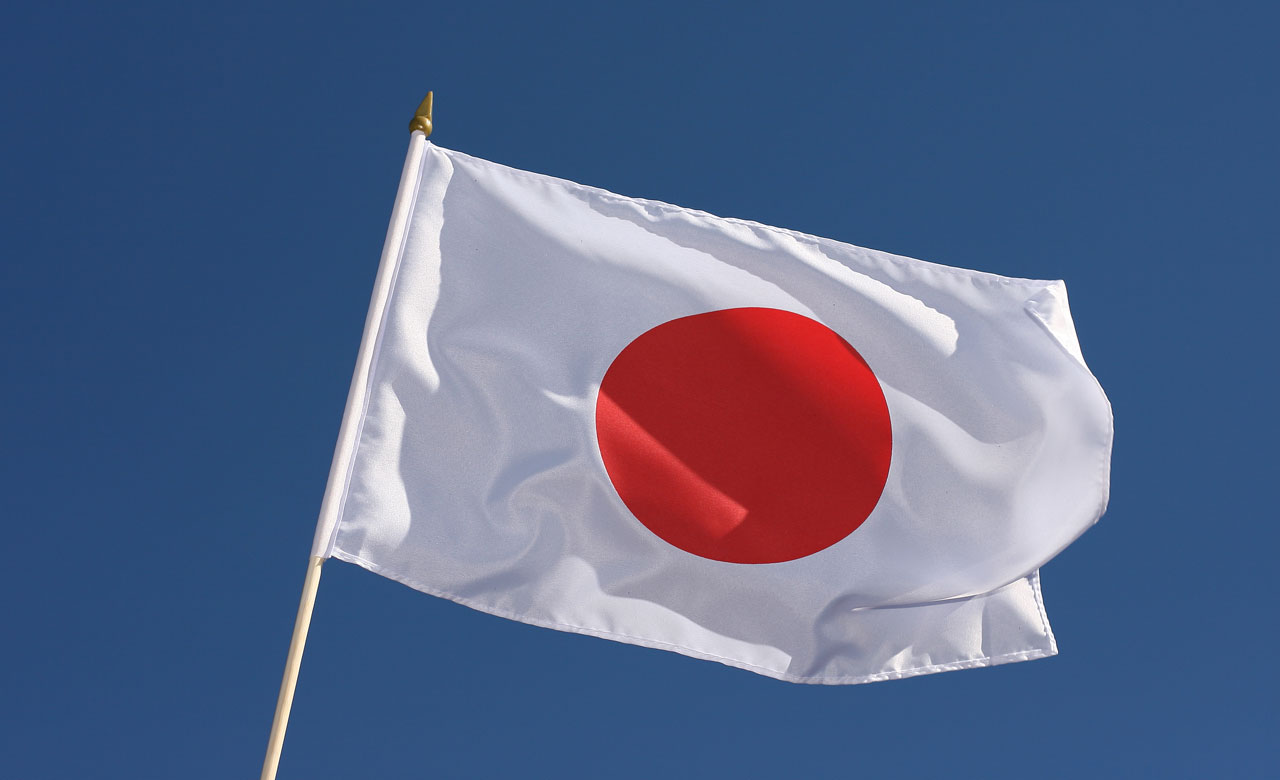Rites of passage

Every culture has its own traditions and events, that happens in every persons life around the whole world. And what about the differences between the traditions? How history and culture of a country affects those rituals? W tried to answer these questions by talking to our Japanese friends and asking them about the way they celebrate different events in their lives.
First thing we must say is that in Japan most people have no religion. In 2014 Japanese government took a public research. The question was 'Do you believe in any religion?' And almost 80% people said 'No'. But about 1000 years ago- people believed in Shintoism and Buddhism. But also Christianity appeared there 500 years ago. Those religions influenced Japanese culture and caused the fact that most rituals are very different- some of them are more traditional- Japanese styled and some look more like our European ones- and are closer to the western culture. That is why Japan is a country of many differences.
In this post, we would like to introduce you to some of the Japanese rituals.
20th birthday (coming of age).
It is called “Seijin Shiki” -成人式. It means “coming of age”.Seijin Shiki” takes place on the second Monday in January and this day the national holiday “Coming of Age Day”, each area in Japan will welcome the new adults with a big ceremony. It’s usually held at public halls. Depending on the area in Japan, some ceremonies are held at hotels or even at Tokyo Disneyland. Normally people will attend the ceremony in their home towns. During the ceremony, one person acts as a representative of the new adults and present their goals, and mayor of the city will give a speech.They wear special clothes in this day. Women wear uniform called kimono. In Japanese it’s called „furisode”. It has long sleeves and it’s decorated with flowers. Men wear special uniform called hakama and haori. Hakama is like trousers and haori is japanese coat with long sleeves. Some of them wear suit.„Coming of age” is a very import ant ceremony in Japanese teenagers life. They became adults and gain a lot of rights but they should also be more responsible and mature.


Wedding ceremony
In Japanese culture there are two types of wedding ceremonies. One, well known for European culture, church wedding and second one, more traditional one for Japan, Shinto ceremony (神道).
The shinto wedding takes place in Shinto shrine. Bride wears the kimono called Shiromuku (シーロムク). It’s head-to-toe white kimono with big white hat called wataboshi (綿帽子). Wataboshi is an essential part of this costume. There are many theories about the origin of these hats. One says that it has a meaning that brides becomes obedient to their grooms by covering brides’ heads which is considered to have horns like demons(鬼: oni) which symbolizing anger. And another says that those hats are used to hide women’s long hair where bad spirits are considered to exist. During the wedding man wears the male version of kimono called “Montsuki hakama” (「モンスキー袴」). It’s the most elegant form of traditional clothes. After the official ceremony, there comes the time of the wedding reception and the ritual of purification. It’s the process of drinking three cups of Sake three times in a ceremonial ritual called “San-San-Ku-Do”(サン・サン・クドー). It’s common that only family members and close relatives and some friends. It’s really family ceremony, there are about 30 guests invited. However, in recent years church wedding is more common. It’s celebrated almost the same way as in Europe. The reception after this kind of wedding lasts for 2-3 hours and there are over 100 guests invited.


Funeral
When it comes to the last days of a one’s life, Japanese
people have few ways of holding a funeral ceremony. They are usually held in
Buddhist style (except for the people, who are Christian and have typical catholic
funerals).
A Japanese funeral usually takes place in the same day the
person dies- in the evening. But when it is not possible- it is held in the
morning. However there is a thing called "Rokuyo" in Japanese
calendar, and some days are forbidden to organize a funeral.
The people who attend funerals usually wear all black- just
like in Poland and they bring beads called “Juzu”. Those people are often
friends, family and everyone who knew the deceased one.




Hello, this is Iina. I just read through the article. I really liked it:) It is really easy to understand.
OdpowiedzUsuń